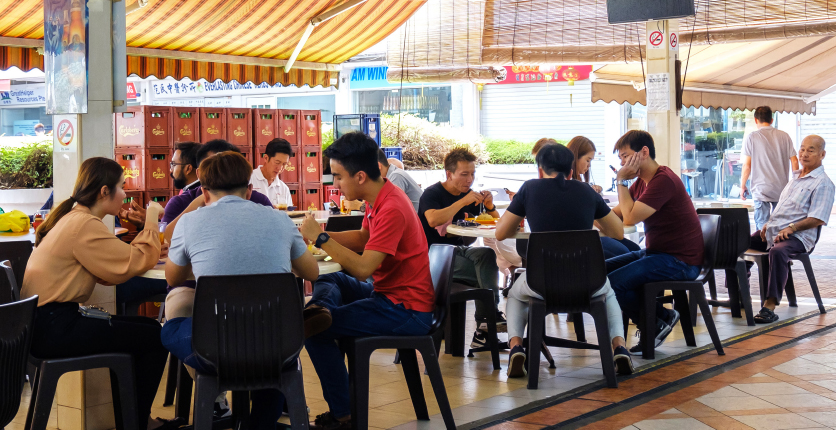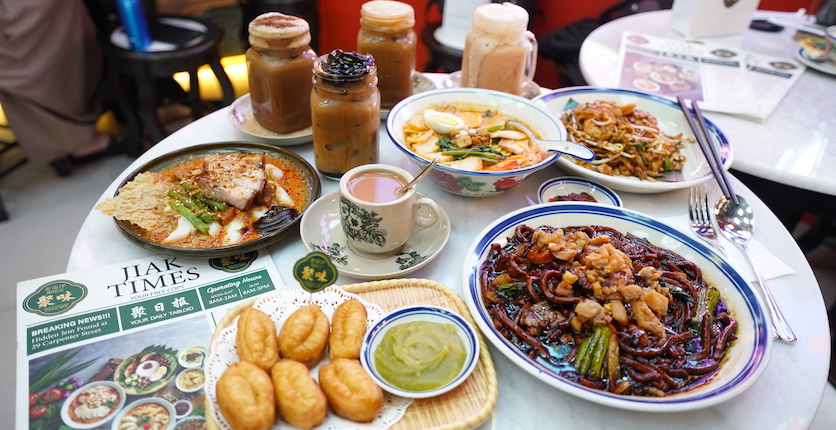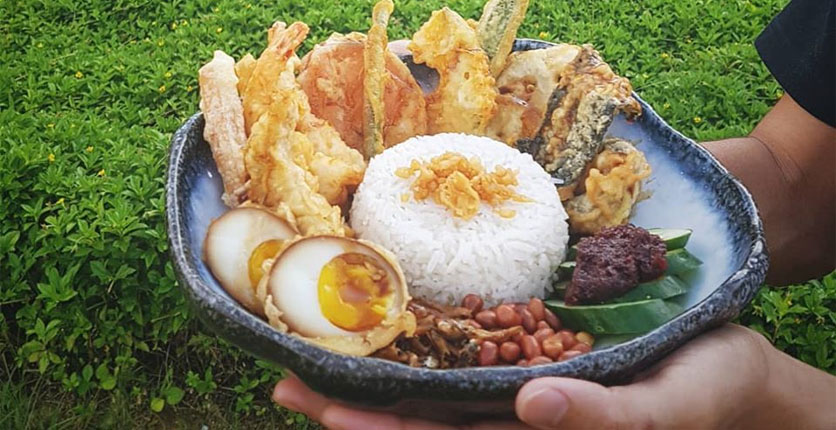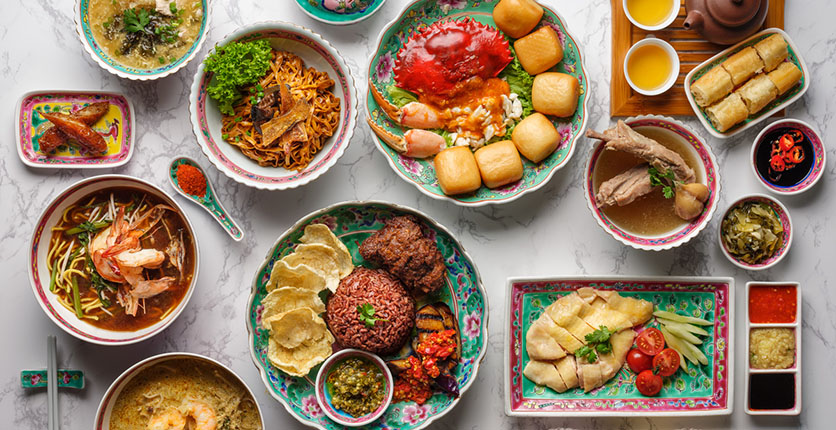The word “hawker” conjures up images of singlet- clad middle-aged men or women toiling away in a hot cubicle while cooking up a storm. The origin of Singapore hawkers harks back to humbler roots in the 1800s when their forefathers peddled food from street to street, carrying portable makeshift kitchens.
While the working conditions have vastly improved today as they are resettled at hawker centres, the life of the modern-day hawker is not easy. At the same time, we are hearing of a new wave of next generation Singaporeans who are rolling up their sleeves and jumping into the trade, all in the name of passion.
We chat with several next generation hawkers to find out more.
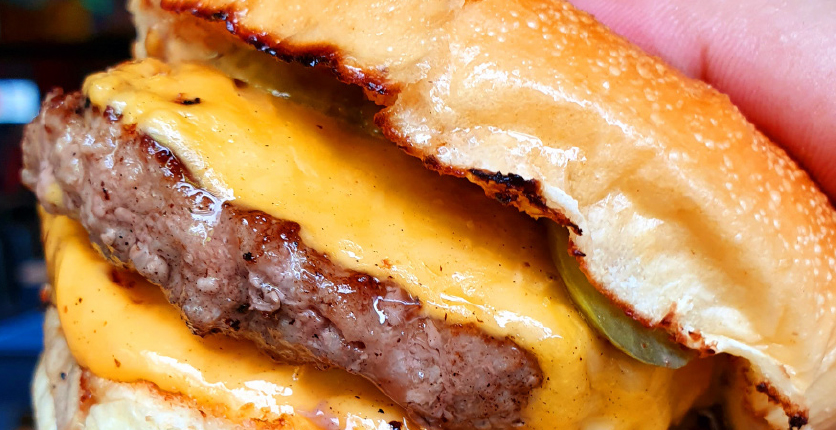
Burgs By Project Warung
Bukit Batok West Avenue 6
#01-11 Block 451, Stall 4
Singapore 650$451
www.projectwarung.com
Established in 2017, Burgs was a “passion project” created by Muhammad Shah Indra bin Jasni and Mohammad Ridzuan bin Ayob, who both previously worked in the food and beverage industry. “We wanted something more – something of our own that we can be proud of at the end of the day,” says Mohammad Ridzuan.
Today, there are three Burgs stalls islandwide, in Bukit Batok, Chai Chee and Ayer Rajah Crescent, with a fourth in Punggol opening in the third quarter of 2020. They serve up yummy halal gourmet burgers with flavours ranging from nacho fish and chips and pulled beef brisket to crispy rendang chicken, as well as sides such as honey butter wings and cheese fries.

“Back then, we noticed there wasn’t much competition and that no one wanted to start a burger joint at a coffee shop. Even though the hours were long and we faced various issues such as not having enough storage space, we stuck to our passion and pushed on.”
He also highlights that being a hawker is a good launching pad. “Starting restaurants requires a huge amount of start-up capital. We didn’t have much and could only afford to open a stall, given that we didn’t want to seek funding from investors. We figured we should start small,” he adds.
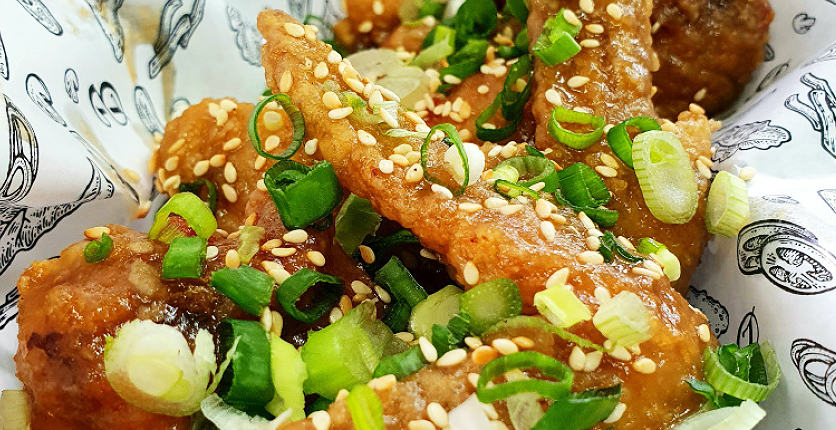
With the onset of the Covid-19 crisis, business has been adversely affected. But sheer determination with a good dose of strategic adaptation saw them through, he says. “The crisis has taught us to be quick when it comes to decision making, and we’ve managed to turn around our business with delivery services.”
To aspiring next generation hawkers, he advises: “Don’t give up. Be unique. Stay grounded.”
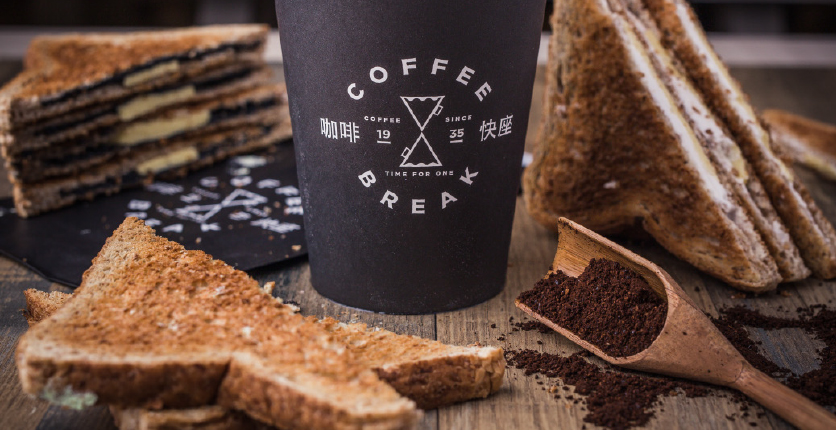
Coffee Break
#02-78 Amoy Street Food Centre
7 Maxwell Road
Singapore 069111
www.coffeebreaksg.com
Self-professed third generation hawkers Jack, Anna and Faye Sai, who have been helping their father at the stall at Amoy Street Food Centre since young, decided to take over and run Coffee Break. As next generation hawkers, they have expanded the business to a second stall at Hong Lim Food Centre, and pivoted to coffee and toast with a twist, offering sea salt caramel latte and macadamia vanilla milk, Earl Grey creme toast and black sesame toast.
Look out for their “Little Coffee Breaks”, which are Nespresso-compatible kopi capsules, as well as black sesame toast spread. “Passion helps us to drive the business beyond its usual mould,” says Faye.
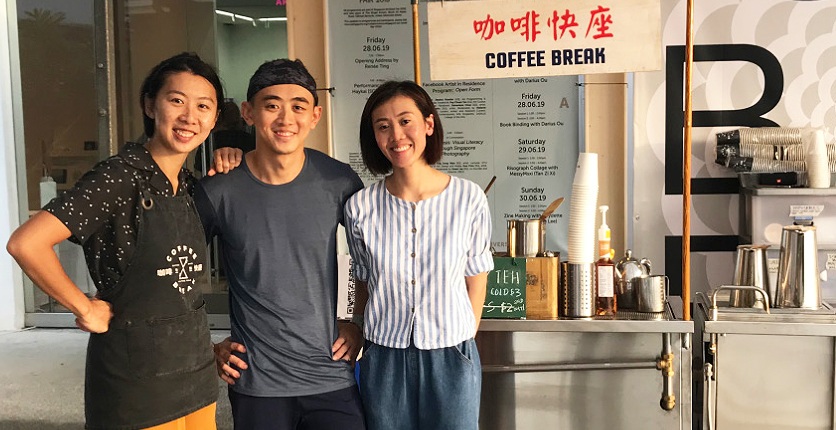
“We’ve managed to establish ourselves not merely as hawkers but purveyors of quality bent on serving good local Nanyang kopi, hence raising the standards of the hawker scene. My siblings and I have not taken medical leave for the past five years – I think that demonstrates passion to a large extent!”
However, passion alone does not suffice, adds Faye, who cites self-discipline as another key element crucial to success in the trade. “The hawker trade is much like any other profession. Every job has its own merits and difficulties, but ours are tagged with the added responsibility of continuing a part of Singapore’s heritage and culture.”

Faye has this to say to Singaporeans who are considering following in her footsteps: “Perseverance and hard work will reap benefits. And with the shift in attention to young hawkers, there is the added responsibility to excel and uphold our hawker values. Do it with pride.”
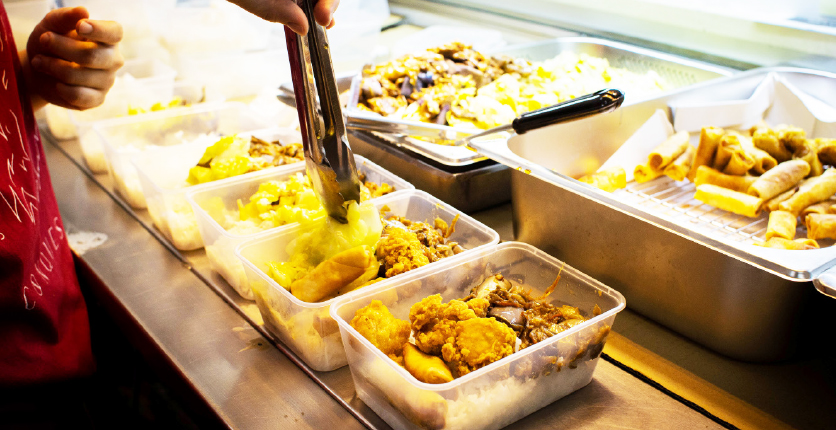
Raydy Bee Hoon
32 Nanyang Crescent
Singapore 637658
www.raydy.us
Raydy Bee Hoon is the brainchild of Lee Ray Sheng, who kick-started his hawker dream in February 2020 by setting up an economical bee hoon stall at the canteen of Nanyang Technological University (NTU) Residence 13. A 20-year-old NTU computer science undergraduate, he shares: “Becoming a hawker is really more about the experience than the money. It took me six years of learning the ropes of the hawker trade to finally have enough confidence to start my own stall.”

His foray into the trade hasn’t been a bed of roses. Since Raydy made its debut as a “supper club”, Ray Sheng encountered various hurdles, in particular the Covid-19 situation, which forced him and his team of four to shutter their business, albeit not for long. The young hawker then seized the opportunity to do good and contribute to the local community by starting Raydy Gives, a charity fundraising initiative to provide bee hoon to those in need during the circuit breaker period.

The charity drive proved to be a huge success, surpassing its initial target of $40,000 to raise over $150,000, which led to the provision of up to 50,000 bee hoon meals to those in need. Ray Sheng highlights the importance of passion and its spillover effects: “It really shows how much passion can motivate people to do good. Our passion to help others and our story touched the hearts of so many that countless people reached out to us to channel their passion into something physical. This led to a huge volunteer pool of over 250 people!”
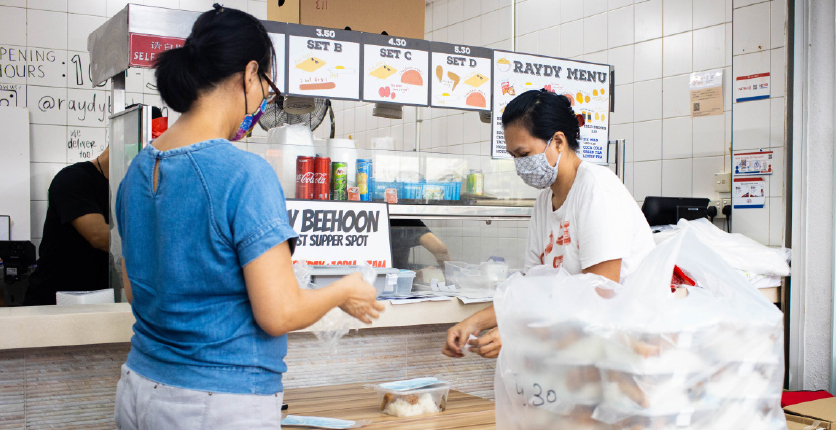
Besides passion, the business was also able to tap into social media to spread the word, given that Ray Sheng is tech-savvy. “Being equipped with technological skills definitely allowed us to reach a whole different audience than those of the previous generation of hawkers. Most of our customer base learnt about our store through Instagram after the huge publicity. Having most of our customers find out about us through social media came as an advantage.”
His advice to Singaporeans who are considering becoming hawkers: Don’t be afraid to fail – it is perfectly fine to make mistakes. “On opening day, it was such a disaster that I had to close our stall on the second day in order to iron things out. There were problems like inconsistency of food and portioning. But instead of being embarrassed, we learnt from our mistakes. What’s more important is how you overcome it and what you learn.”
